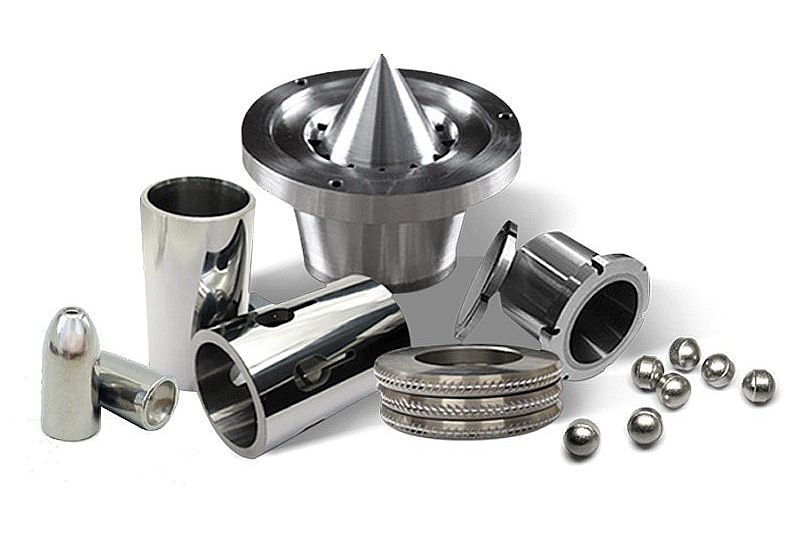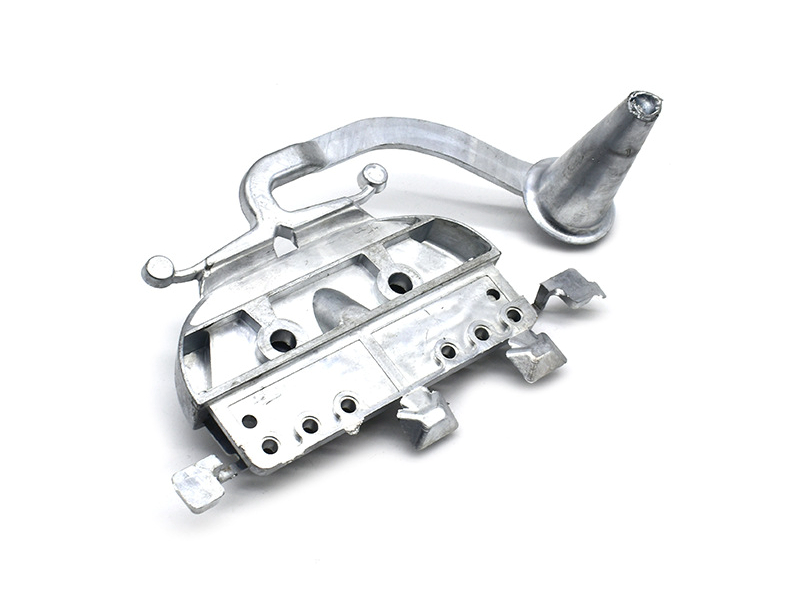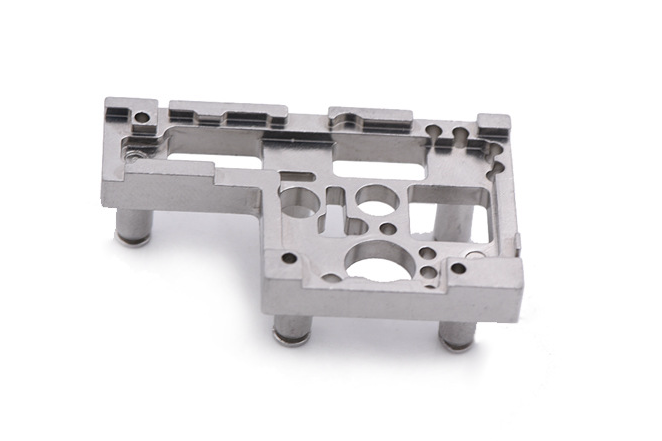What materials and surface treatments suit steam-sterilized surgical instruments?
For steam-sterilized surgical instruments, material purity, corrosion resistance, and dimensional stability after repeated autoclave cycles are critical. Austenitic stainless steel grades, such as 316L and 17-4 PH, remain the most widely used because they offer high resistance to pitting in humid environments and maintain their mechanical properties at elevated temperatures. When miniaturized or high-precision instruments are required, near-net-shape components can be produced through metal injection molding, especially with alloys like MIM 17-4 PH and MIM 316L, which have low carbon content and excellent heat treatment compatibility. For components where wear resistance and edge retention are essential—such as surgical scissors, punches, or cutting tips—tool steels such as MIM-H13 can be used, provided the surface is protected against oxidation during sterilization.
Material Selection for Autoclave Conditions
Autoclave steam sterilization reaches 121–134 °C under pressure. Materials must resist microstructural degradation and distortion over hundreds of cycles. In high-performance surgical tools, advanced alloys like CoCrMo and Haynes 188 combine biocompatibility with wear resistance for rotary tools, bone-cutting instruments, and orthopedic fixtures. For lightweight, corrosion-proof housings or handles, PEEK and polycarbonate via injection molding remain reliable plastic options provided that radiographic compatibility and autoclave cycles are validated through accelerated aging tests.
Surface Treatments for Sterilization Resistance
To prevent corrosion, bacterial retention, and surface micro-crack propagation, surgical instruments often receive post-processing treatments. Passivation is essential for stainless steel parts to remove free iron and promote chromium oxide formation. For components requiring matte, low-glare finish, brushed finish or fine sandblasting enhances handling and avoids light reflection during surgery. In some orthopedic instruments, electropolishing is preferred because it smooths micro-burrs and reduces the risk of bacterial adhesion.
Where higher hardness and abrasion resistance are required, thin film coatings such as PVD or nitriding strengthen the cutting edges without affecting base material properties. However, these coatings must be validated for peeling or delamination under thermal shock during sudden pressure changes in autoclaves.
Manufacturing Considerations
For precise ergonomic shapes such as handles and grips, zirconia ceramic injection molding provides excellent biocompatibility and thermal insulation in electrosurgical equipment. Complex geometries that integrate metal inserts can be achieved through overmolding and insert molding. During early product development, components should be prototyped using CNC machining prototyping or 3D printing prototyping to verify ergonomics before tool investment.
To guarantee cross-contamination control, final cleaning processes such as electropolishing and passivation must be integrated into the production flow, and surface roughness Ra should be controlled below 0.2 µm to minimize bacterial accumulation.
Validation and Testing
Full validation includes dimensional inspection, thermal fatigue testing, corrosion resistance tests (ASTM B117), and autoclave cycle simulations. Prototype parts produced through prototyping should be sterilized under real operating conditions with actual medical detergents to ensure long-term stability. When required, engineers perform hardness testing after heat treatment to ensure the instrument maintains mechanical strength after sterilization cycles.



